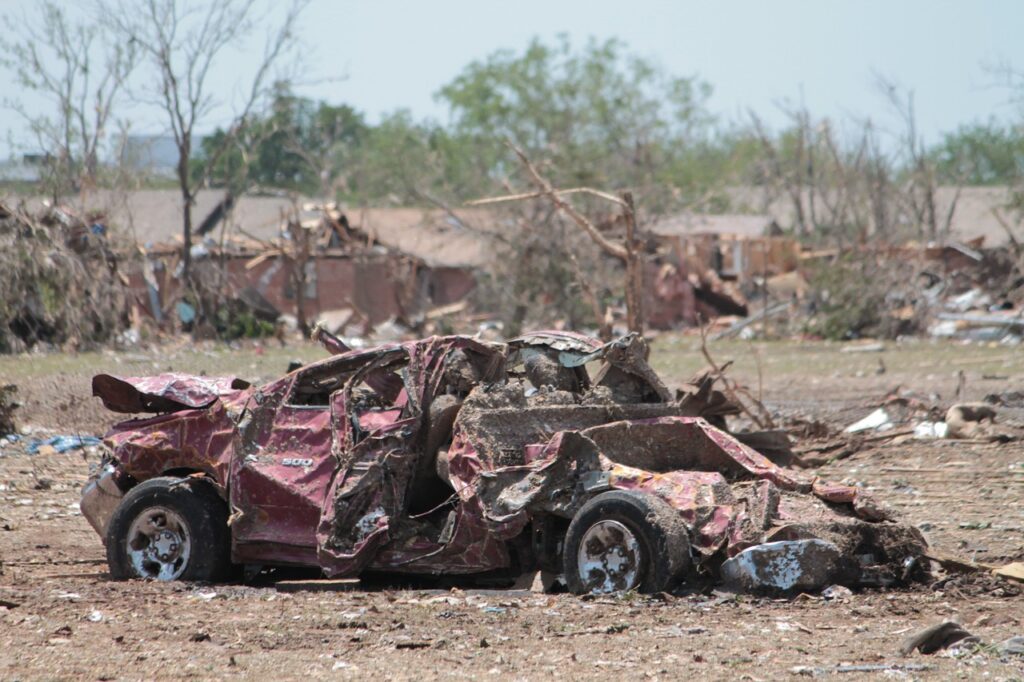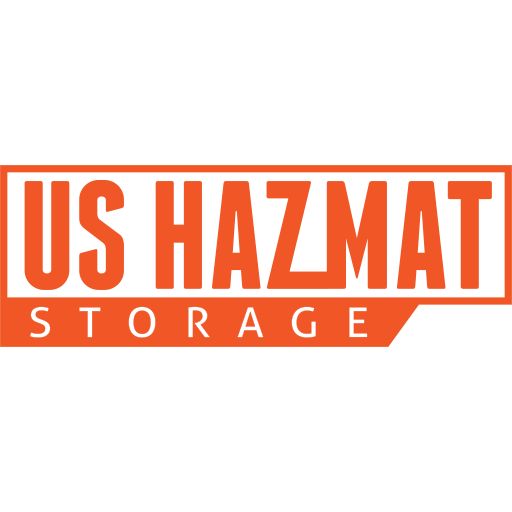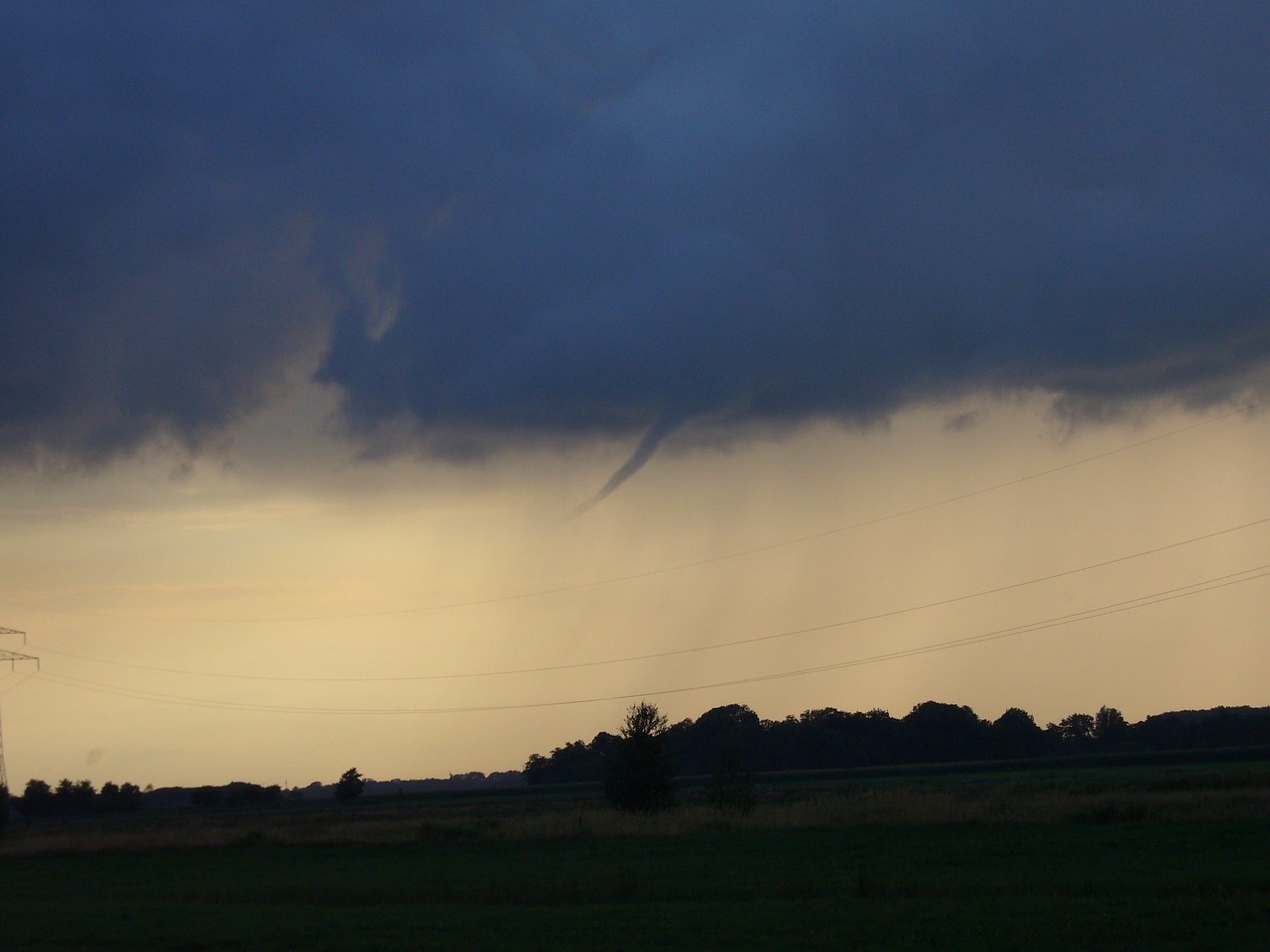Imagine diligently working away on the jobsite one afternoon, when you stop to wipe the beading sweat forming at the edge of your brow. Adjusting your eyes to the blistering summer heat, you take a moment to gaze upon the horizon as you strategically time your crew’s afternoon break so they have enough gumption to finish out the job and retiring the tools for the day. Either the stifling summer heat is creating another mirage layering on the hot asphalt that stretches on for near infinity into the oblivion of summer or your eyes are playing another trick on you. “Is that a funnel cloud?” you mumble aloud, catching the attention of a nearby foreman. “It can’t be,” he stammers back before alerting the roofs melodically hammering away on the roof above. “Quick! Take shelter!” you order to the crew, breaking the sweet harmony of swinging hammers and pulsating nail guns. But where will you go? You don’t have a tornado shelter onsite. Understanding the science behind how does a tornado form can save lives and help you plan for the dangers ahead.
Nature’s Cruelest of Intentions

While most tornadoes occur in the Deep South and Midwest, no region of the United States is completely immune from their effects. Tornadoes can form anywhere during any time of the year. Without a moment’s notice, swirling winds of despair quickly encapsulate ensconced communities and the most insulated of locales. Trails of debris and heartache invariably replace sturdy foundations and a lifetime of progress. While we can’t take the insurance claims adjuster to the side to negotiate a better rate on the damage incurred at the worksite, we can protect your company’s most valuable assets: the employees. While tornadoes don’t appear out of thin air – even though storm chaser footage might depict otherwise – certain prevailing conditions must exist before life-shattering twisters can form, let alone touchdown and blaze a meandering swath of destruction for miles to come.
In almost every report or cataclysmic tornadic activity, meteorologists have noted the presence of warm, moist air near the surface of the ground while cooler air presses down on it from above. Subtle changes in opposing windspeeds create updrafts, providing the rotation for the funnel cloud. Wind shear that works in unison to further increase the strength of the updraft. As you may know, all thunderstorms have the potential to produce tornadoes. And while much of the inherent nature of tornadoes remains a mystery to scientists, they can agree that supercells tend to produce the most funnel clouds. Supercells tend to last longer than any other ordinary front and already have updraft circulation that permeates upward through the storm and downward toward the ground.
Before Asking Yourself, “How Does a Tornado Form?” Take Time To Invest in Solid Steel Protection

Because the intensity for severe weather gradually builds throughout the day with rising temperatures, most severe weather occurs during midafternoon. We don’t have to tell you this is the most dangerous time for workers in exposed areas. By this time, the entire crew has made it back from lunch as they slowly peel away time to finish up the day. Saddled down by the digestion processes that come with a big lunch, less than optimal oxygen levels and blood circulation to the brain can delay quick-acting thought processes needed to avoid danger. Onsite community tornado shelters can provide turnkey safety and storage solutions for your worksite. Our mobile community shelters can be transported to any jobsite and retrieved before moving on to the next job. Call us today for a free consultation before the next violent weather pattern destroys more than just a lifetime of hard work.


